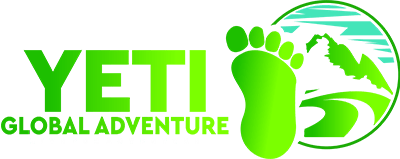Frequently Asked Questions
Nepal trekking tours vary in difficulty, so the required fitness level depends on the specific trek you choose. Generally, a moderate level of fitness is recommended for most treks, involving daily walking for several hours over varying terrain. It’s advisable to start a fitness regimen before your trek to ensure you’re adequately prepared.
The best time for trekking in Nepal is during the spring (March to May) and autumn (September to November) seasons. These months offer stable weather conditions, clear skies, and comfortable temperatures, making them ideal for trekking. However, some treks, particularly those in the rain shadow areas like Upper Mustang, can be done during the monsoon season as well.
Packing essentials for Nepal trekking tours include sturdy hiking boots, comfortable clothing suitable for layering, a good quality backpack, sunscreen, sunglasses, a hat, a first aid kit, water purification tablets, trekking poles, and a sleeping bag suitable for the expected temperatures. It’s also crucial to carry some cash in Nepalese currency for purchases along the trekking route.
Yes, altitude sickness can be a concern during Nepal trekking tours, especially on high-altitude treks. It’s essential to acclimatize properly by ascending gradually, staying hydrated, and listening to your body. Trekking guides are trained to recognize the symptoms of altitude sickness and will take necessary precautions. In severe cases, descending to lower altitudes is the best treatment.
Included in all tours:
1. Accomodations
2. Breakfast
3. Transportation
4. Tour Guide
5. Porter
6. Domestic Flights (during tour)
7. Helicopter (if in tour included)
8. Private Tours
9. Permits (trekking, museum etc)

